Time
Until Oct. 7
Tickets
Venue
Nanshan Museum, 2093 Nanshan Boulevard, Nanshan District (南山区南山大道2093号南山博物馆)
Metro
Line 1 to Taoyuan Station (桃园站), Exit B
Please Note
10 a.m.-6 p.m., closed Mondays
Until Oct. 7
Nanshan Museum, 2093 Nanshan Boulevard, Nanshan District (南山区南山大道2093号南山博物馆)
Line 1 to Taoyuan Station (桃园站), Exit B
10 a.m.-6 p.m., closed Mondays
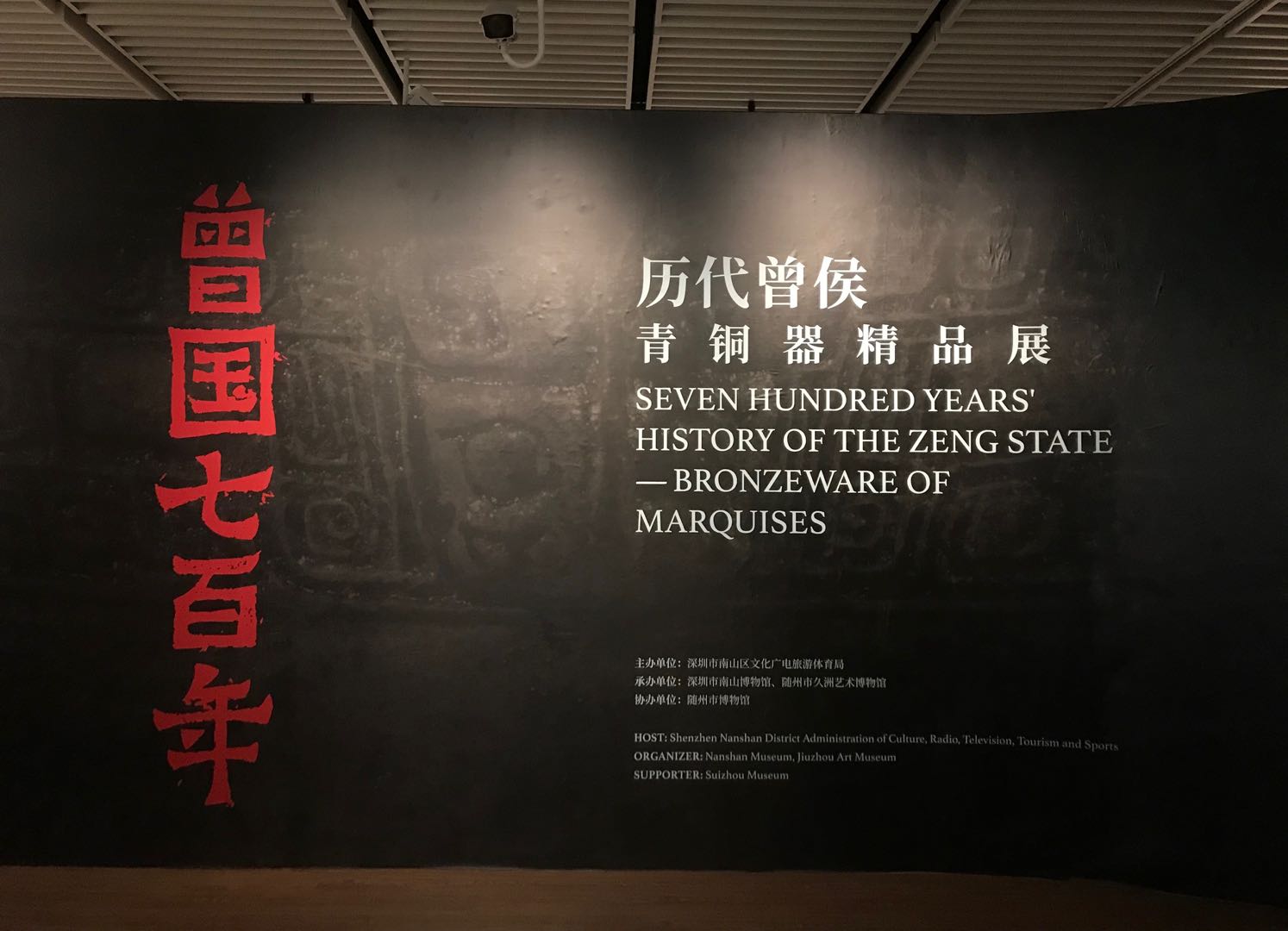
More than 100 pieces of bronzeware unearthed from Central China’s Suizhou City and its neighboring areas are on display at the “Seven Hundred Years History of the Zeng State — Bronzeware of Marquises” exhibition at Nanshan Museum, disclosing some untold stories of the ancient Zeng State.
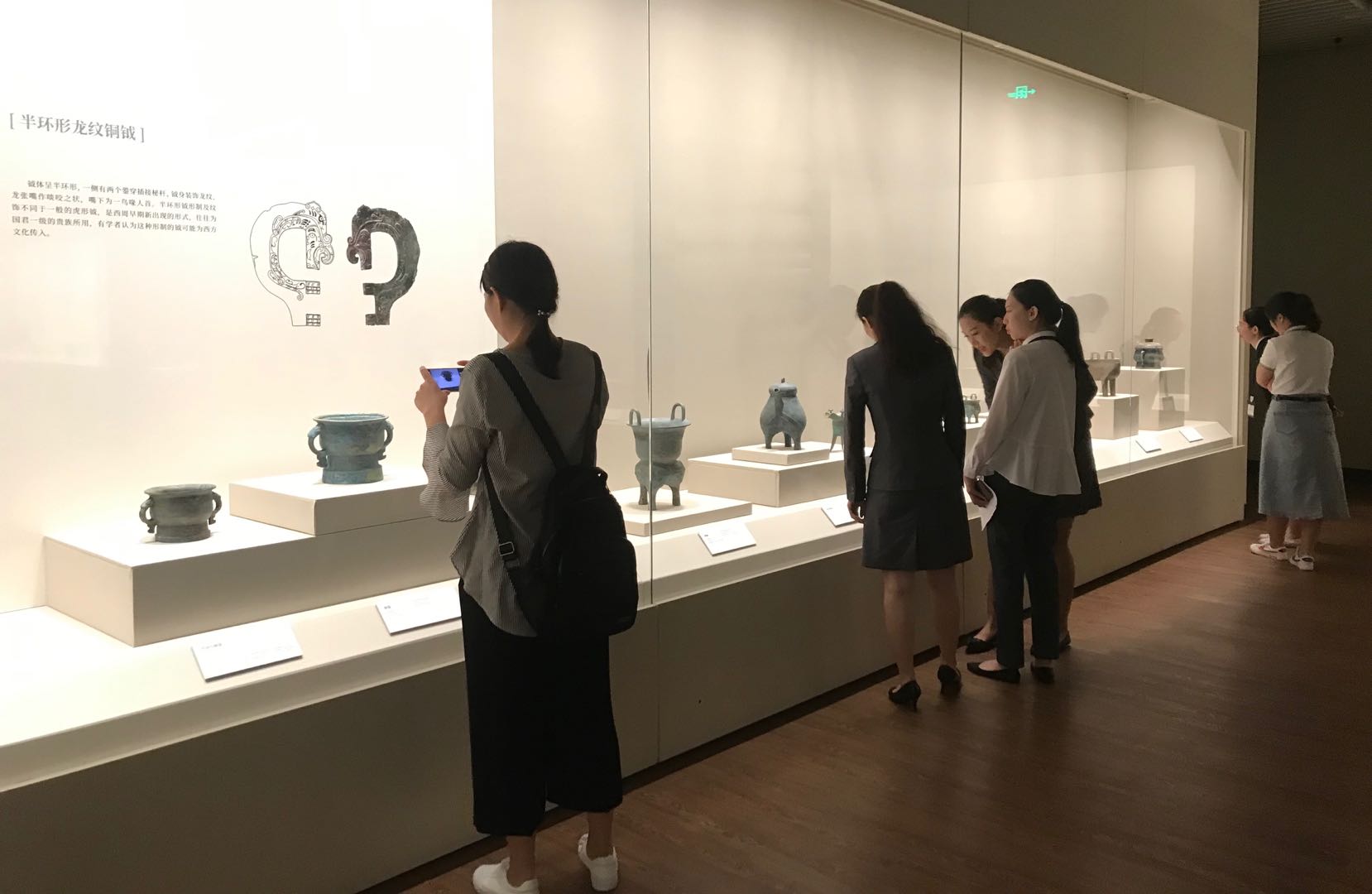
The exhibited 104 pieces of bronzeware were mostly provided by Suizhou Museum, which is known as “a kingdom of bronzeware” due to its large collection of bronze pieces in various categories spanning thousands of years. The museum was built after the renowned Tomb of Marquis Yi of Zeng was excavated in 1978. The tomb, dated back to the early years of the Warring States period (475-221 B.C.), is an important archaeological site in Leigudun in Suizhou, north of Hubei Province. The tomb is unusual as it contained a large number of bronze pieces, including the world-famous 65-bell musical instrument, which is now housed at Hubei Provincial Museum in Wuhan City.
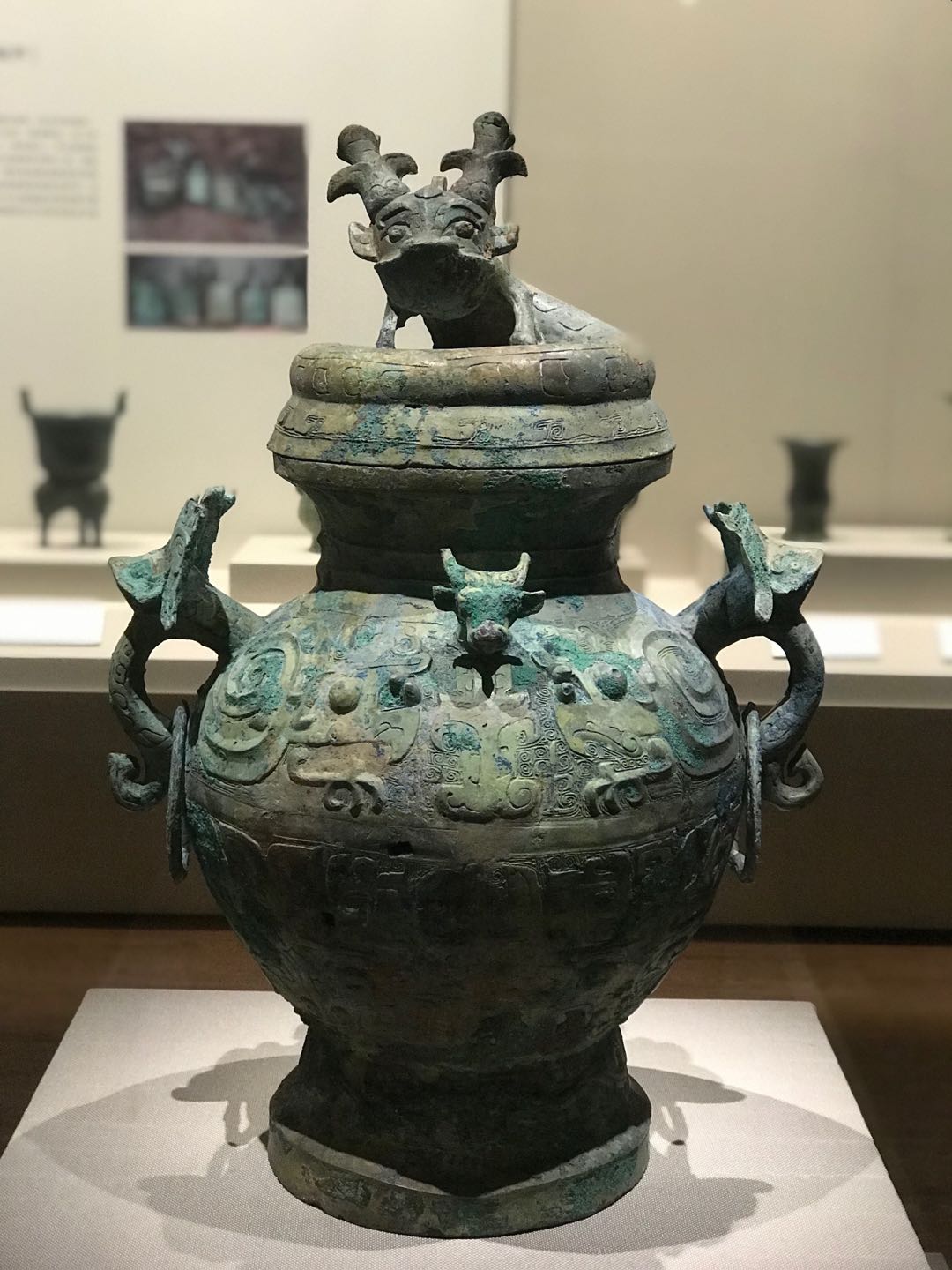
There are almost no historical texts on the State of Zeng and its marquises. In the past 40 years, as more and more tombs of the marquises of Zeng State were found and excavated in Suizhou and its neighboring areas, such as Xiangyang City’s Zaoyang and Jingmen City’s Jingshan, the history of the State of Zeng has become clear. Meanwhile, more than 10 marquises have been confirmed, forming a relatively complete genealogy.
Based on the artifacts found in the tombs, especially the inscriptions on the bronzeware, historians believe that the State of Zeng existed for 700 years. Also called the State of Sui, it was a vassal state set up in the early years of the Zhou Dynasty (1046-256 B.C.) in modern Suizhou to enhance the dynasty’s control over the area.
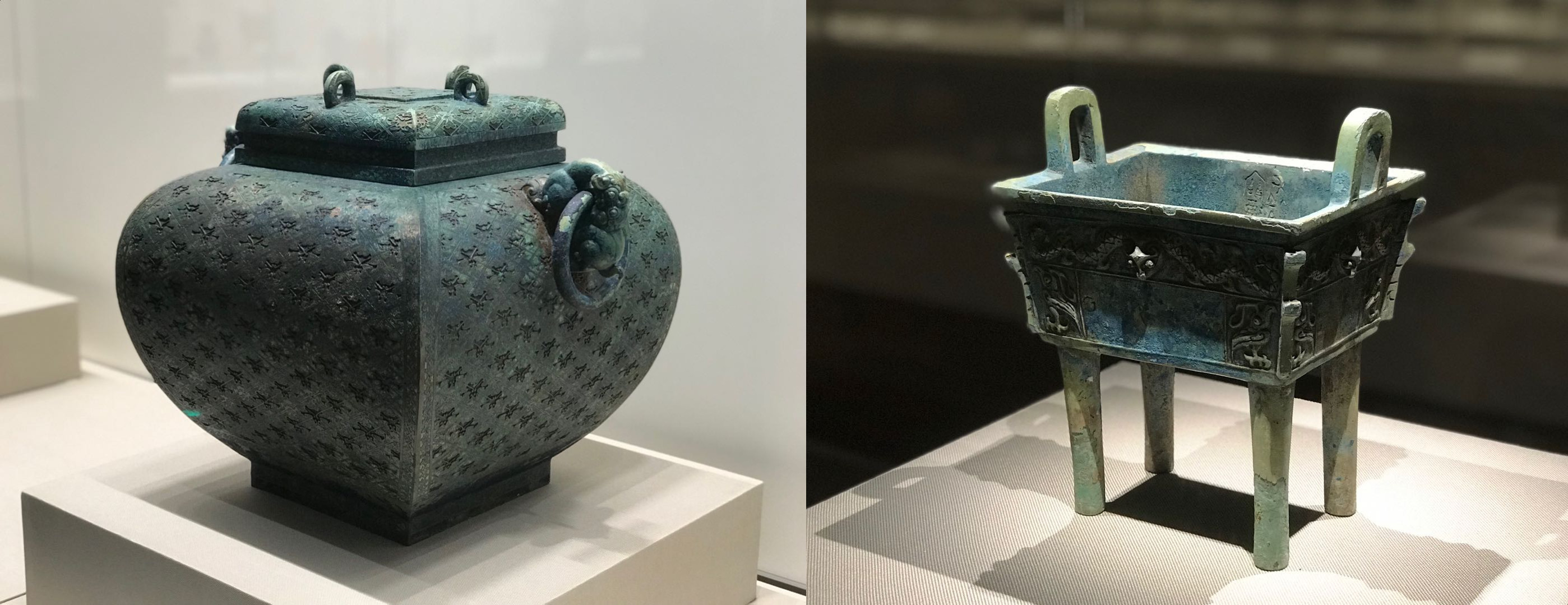
“The exhibition actually shows only part of the history of the mysterious Zeng State because many tombs are still under excavation,” said Huang Jianxun, director of Suizhou Museum. “There are 142 tombs that have been found in Suizhou and more than 6,000 pieces of bronzeware have been unearthed,” he added.
“The bronze ritual vessels, weapons and musical instruments with complicated designs, rich inscriptions and striking shapes in the exhibition demonstrate the culture and life 3,000 years ago and have remarkable research value,” said Qi Xin, director of Nanshan Museum. The exhibition also showcases replicas of some other treasures, such as a standing crane with a deer’s antlers and a wine plate decorated with 84 dragons and 80 mythical snake-like creatures.
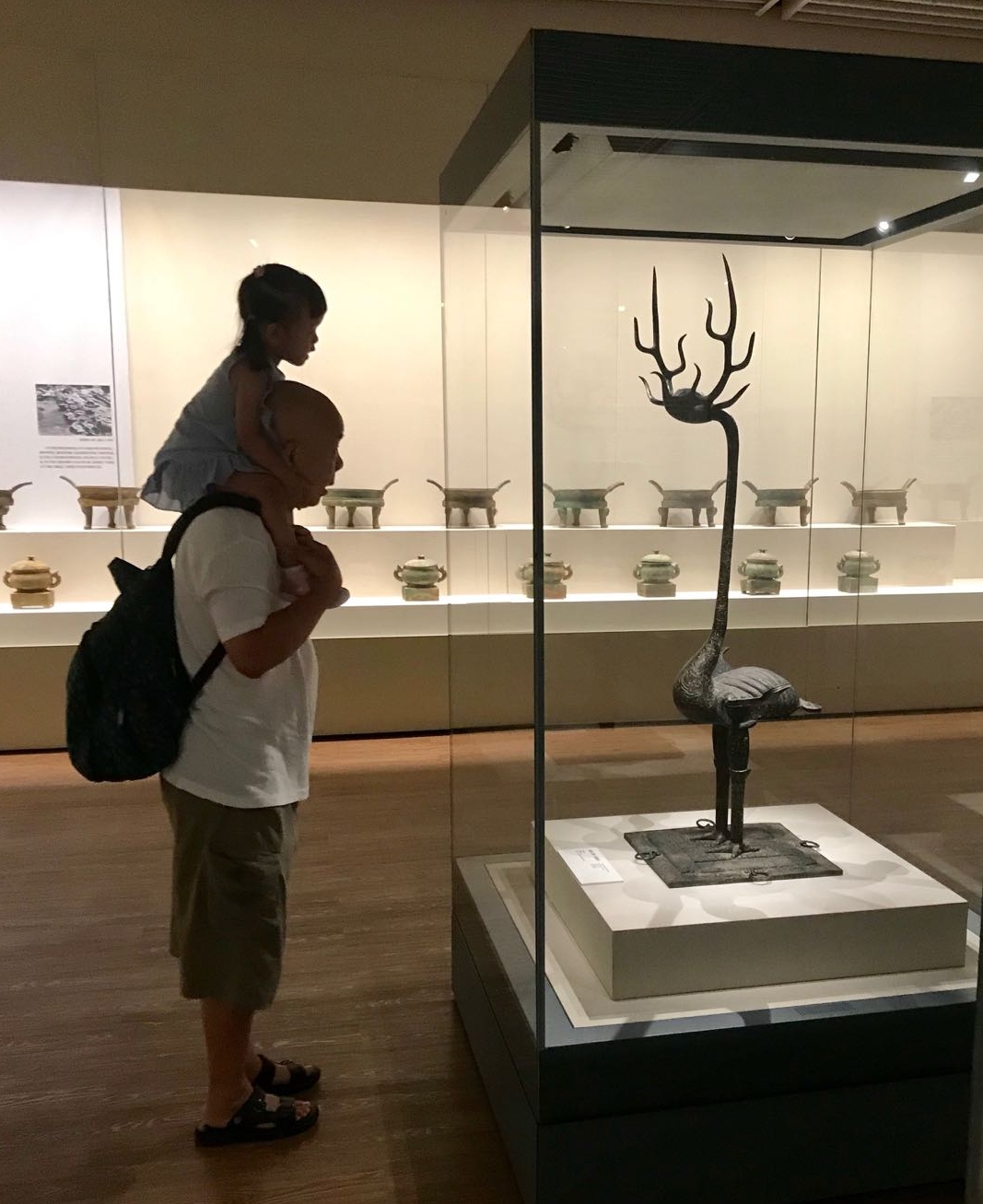
The Zhou Dynasty is divided into the Western Zhou (1046-771 B.C.) and the Eastern Zhou (770-256 B.C.) due to the relocation of the capital. The war-ridden Eastern Zhou is also divided into two periods: the Spring and Autumn (770-476 B.C.) and the Warring States (475-221 B.C.). The dynasty produced what many consider the zenith of Chinese bronzeware.
During the initial stages of the Spring and Autumn period, the power of Zeng’s neighbor, the State of Chu, grew considerably. At the same time, Zeng expanded. The discovery of the Tomb of Marquis Yi of Zeng proved that the Zeng State was still strong during the early Warring States period. In the mid and late Warring States period, Zeng was mainly engaged in managing the relationship with Chu.
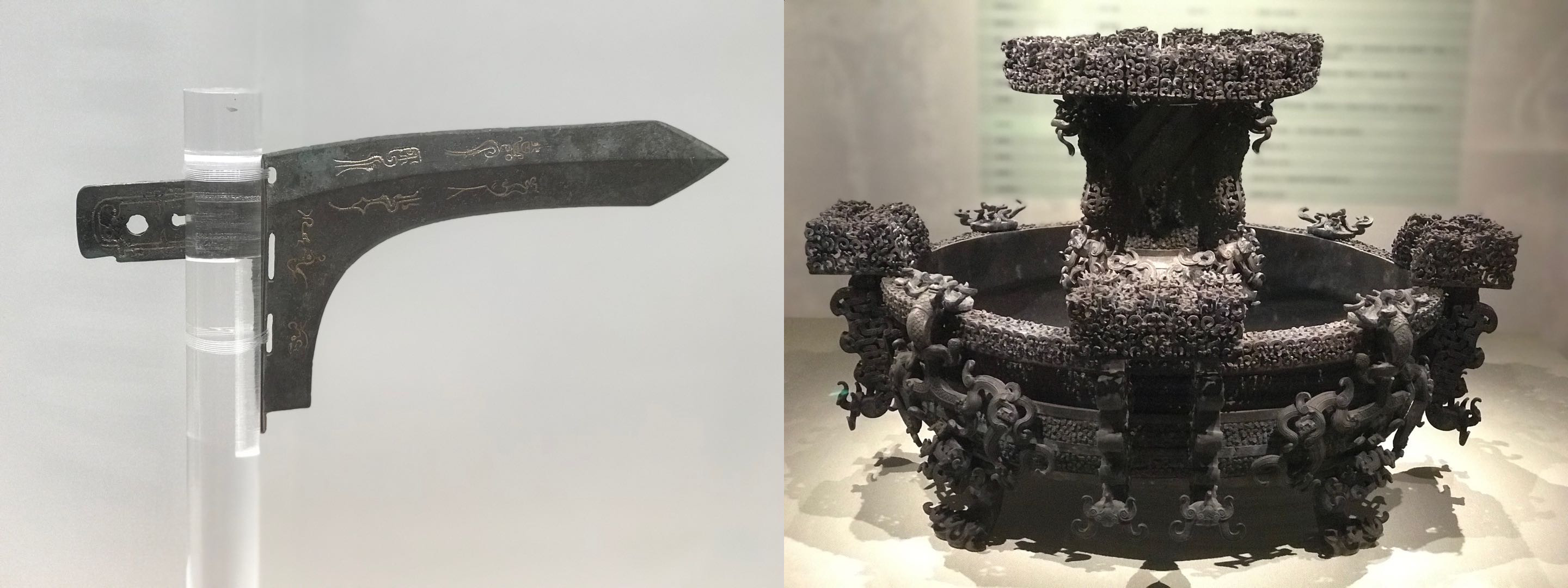
In the 1980s, artifacts unearthed from Suizhou’s Leigudun showed Chu’s influence, which indicated that in the mid and late Warring States period, the Zeng State became subordinate to Chu before ultimately being overthrown and merging with Chu in the late Warring States period.
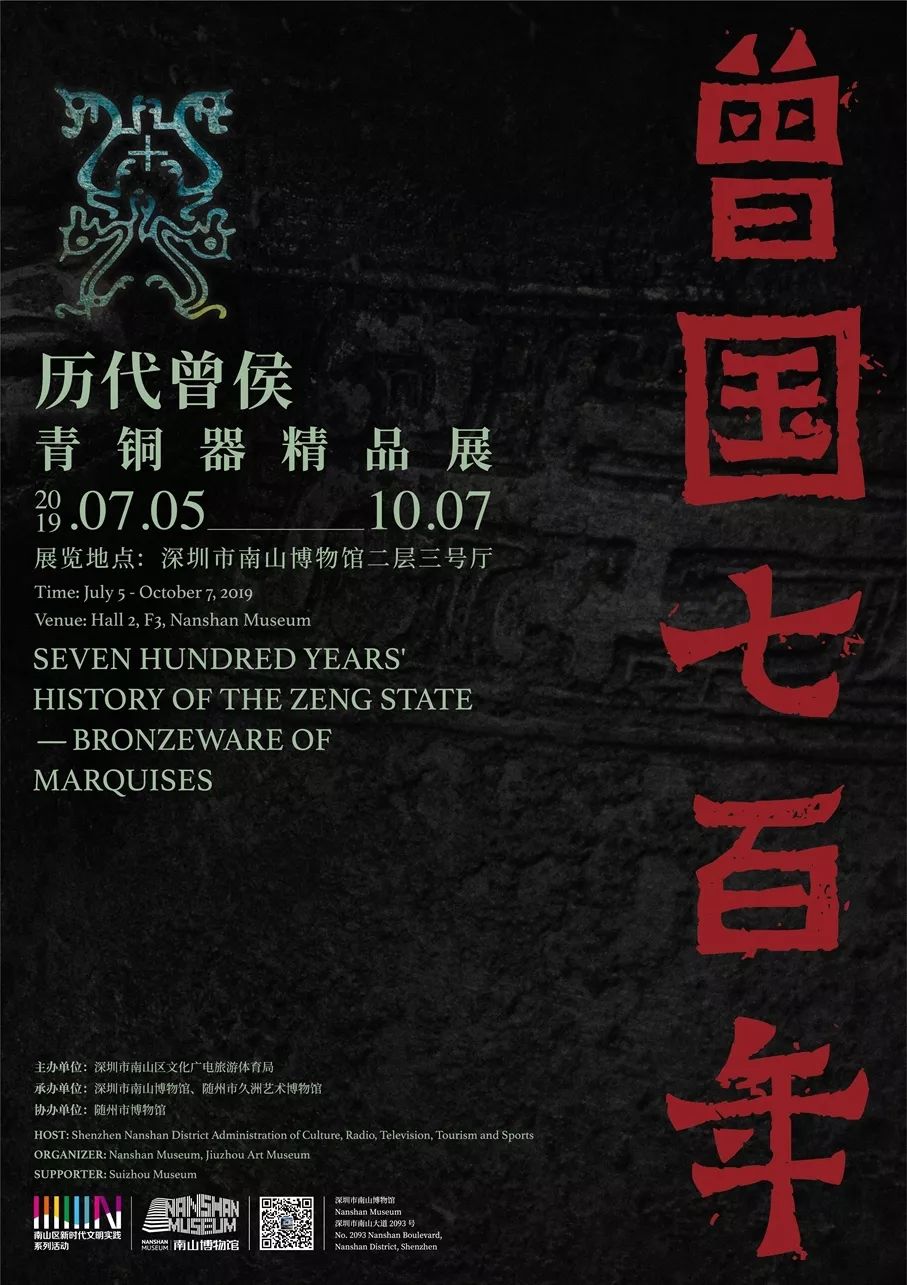
Dates: Until Oct. 7
Hours: 10 a.m.-6 p.m., closed Mondays
Venue: Nanshan Museum, 2093 Nanshan Boulevard, Nanshan District (南山区南山大道2093号南山博物馆)
Metro: Line 1 to Taoyuan Station (桃园站), Exit B